Inside the 'hidden gem' helping wildlife and people
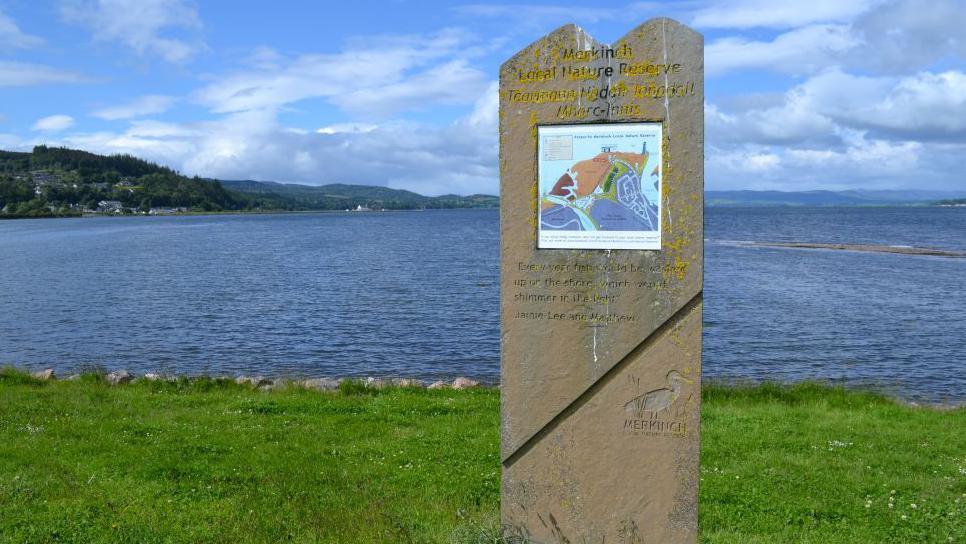
A signpost at Merkinch Local Nature Reserve
- Published
The Highlands' only local nature reserve is more than a haven for wildlife, say the people who look after it.
"We're like an informal support service," says Donald Shaw, who has been volunteering at Inverness' Merkinch reserve for about four years and is a member of its board.
"I'm in my 70s and most of the volunteers are about my age, though there younger ones too. But we also have half a dozen young people with mental health issues.
"We get a great kick out of having them here, and we hope they get a kick from coming here."
He added: "There is the environmental aspect, but there is also the human aspect, which is also important."
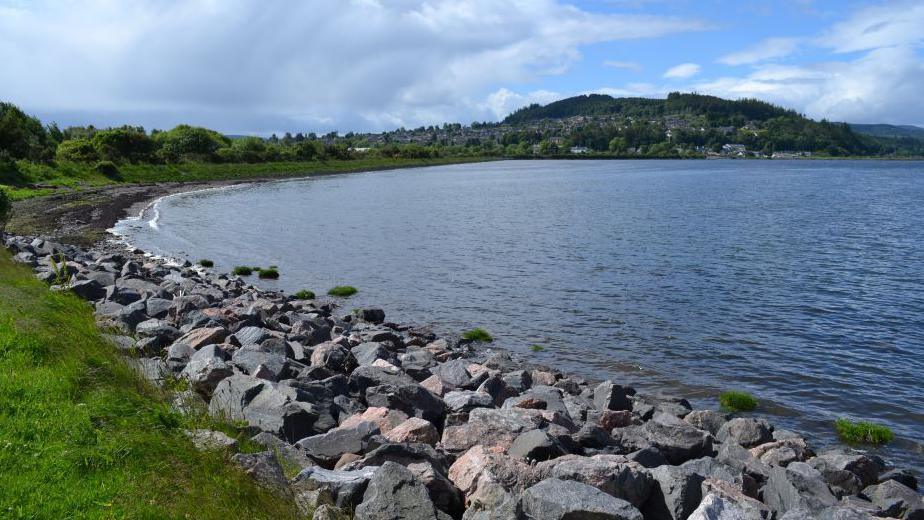
The reserve overlooks the Beauly Firth
Deborah Mathieson has also been volunteering for a number of years at the site. which is sandwiched between the city's South Kessock area and the Beauly Firth.
She said: "The social side is really important because of the interaction that we get.
"We get support and we are supporting other people too - and all are making a difference in their own way."
Merkinch Local Nature Reserve was designated 17 years ago, and the status has allowed volunteers to build on previous work by the community to regenerate an area with past problems with flytipping.
It covers more than 124 acres (50ha) and is one of almost 100 local nature reserves in Scotland.
Merkinch's habitats include salt water marshes, reed beds and wooded areas.
The wildlife include large numbers of herons as well as ducks and deer.
The reserve's paths have been named by local schoolchildren and include Midgie Lane.
It runs between two areas of water - one called Heron Pond and the other Witch Pond, named after a concrete foundation of a long-gone crane and dubbed the witch's coffin.
A pathway along the sea shore giving views across the Beauly Firth was originally constructed so horses could haul boats loaded with cargo to their moorings.
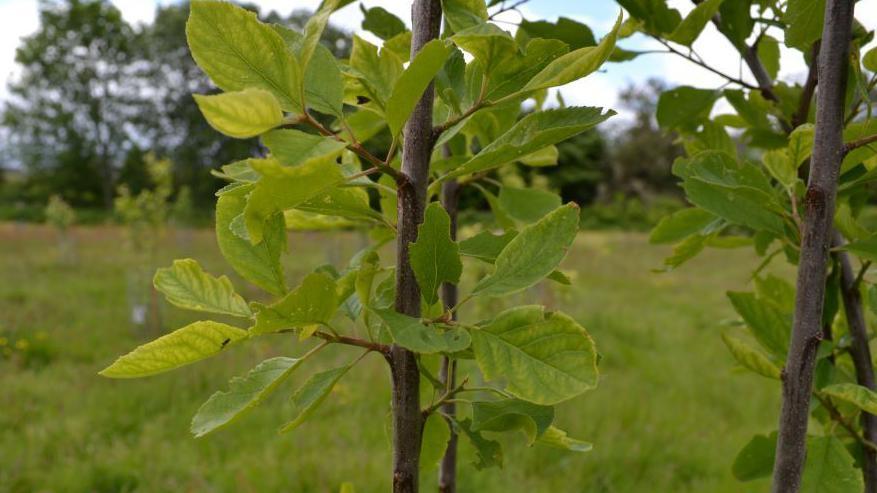
A community orchard has been created

Bog cotton in a marshy area of the reserve
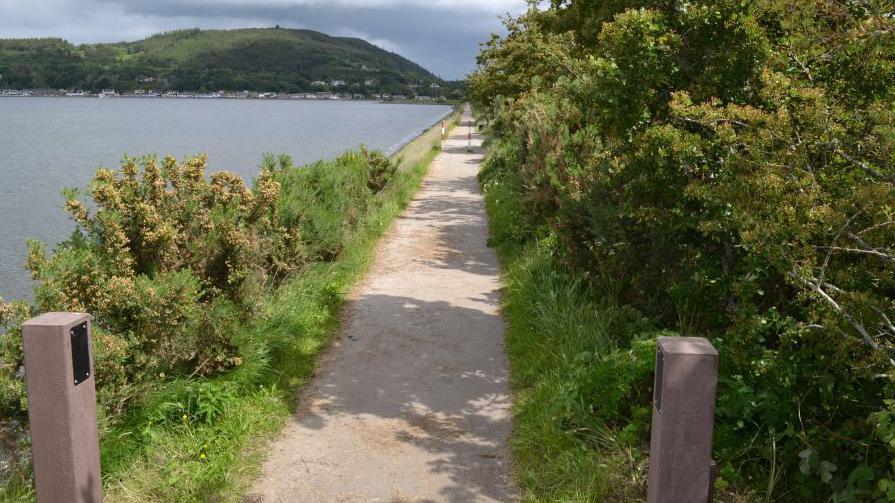
The site has a network of paths, including this one originally used for horses hauling boats
Recent developments include the planting of dozens of trees, and the creation of a community fruit orchard.
An area of seagrass has also been discovered nearby in the firth.
Seagrass is deemed to be important in tackling climate change because of its ability to store CO2, and underwater meadows of the grass act as "nurseries" for fish such as cod and plaice.
Mr Shaw said: "There are the trees, shrubs, flowers and wildlife on one side and the contrast with the sea on the other.
"They are both great environments."
Future plans include upgrading a boardwalk, which is now about 30 years old and linked to earlier community efforts at the site.
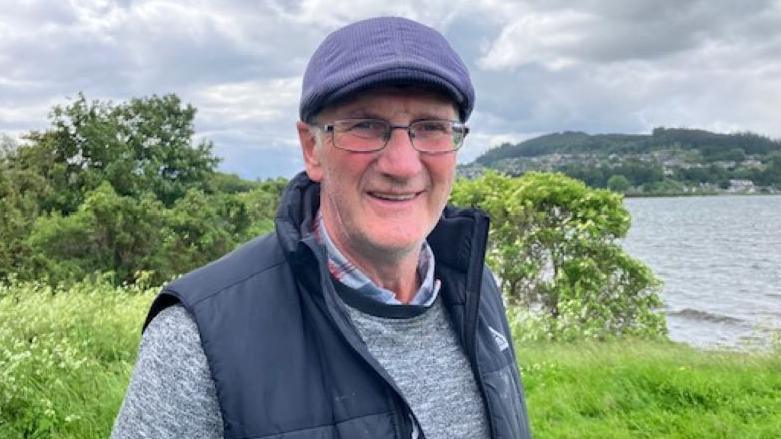
Reserve chairman Ali Locke said volunteers and sponsorship were vital to the site
Reserve chairman Ali Locke said: "It's a hidden gem where people can escape into the countryside.
"We have herons that congregate here and migratory birds.
"A few years ago we had a little egret, a little white bird. I think it had been blown off course, and the pathway was loaded up with birdwatchers' telescopes and cameras."
He said the goodwill of local people, including volunteers young and older, along with sponsorship were key to the reserve's survival.
"The volunteers do a sterling job," he said.
"We wouldn't manage without them."
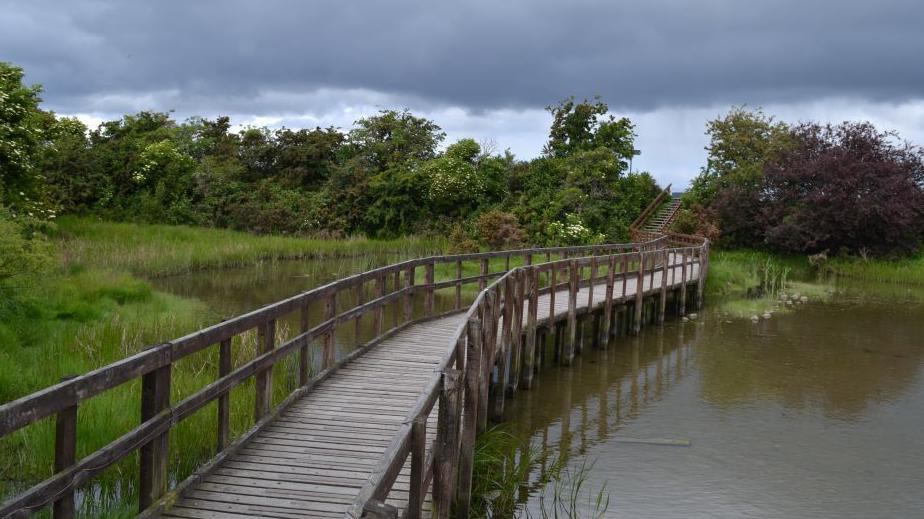
Future plans include upgrading a 3) year old boardwalk